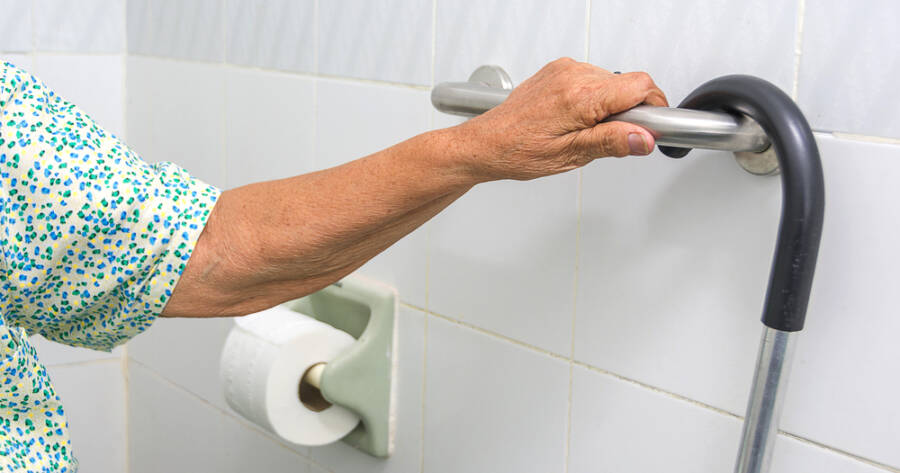As people age, their homes should evolve to meet new needs. For many seniors, simple updates can reduce everyday risks and help them remain in their homes longer. Renovation projects focused on safety not only lower the chance of injury, they also give loved ones greater peace of mind. The right changes can make a home feel both safer and more comfortable.
Focus on Safe Flooring and Clear Walkways
One of the most important changes for any senior-friendly home is flooring. Slippery surfaces, uneven edges, and bulky rugs can lead to dangerous falls. Replacing slick tile or worn carpet with slip-resistant flooring—such as textured cork or low-pile carpet—can reduce these risks. Thresholds between rooms should be as flat as possible to allow easy walking or rolling with a mobility aid.
Widening walkways and removing clutter is another key safety step. Seniors using walkers or wheelchairs need extra space to move around without catching on furniture. This may require shifting furniture or removing items that aren’t needed. In smaller spaces, built-in storage can help reduce crowding while keeping everyday items accessible.
Upgrade Bathrooms for Stability and Comfort
Bathrooms often pose the highest risk for injury. Wet surfaces, tight spaces, and low toilets can all make daily routines harder for seniors. One helpful renovation is installing grab bars near the toilet and inside the shower or tub. These give steady support and make it easier to move around safely.
Walk-in showers with no raised edge are also becoming a popular upgrade. They allow easy entry without needing to step over a ledge. For even more support, adding a built-in bench and a handheld shower head can make bathing safer and more comfortable. Raised toilet seats and anti-slip mats add extra layers of protection without major construction.
Improve Lighting and Reduce Glare
As eyesight changes with age, lighting becomes more important. Dim rooms or dark hallways increase the risk of trips and falls. Renovating with brighter, energy-efficient lighting—especially LED fixtures—can help seniors see better throughout the day.
Light switches should be easy to reach and clearly labeled. In some cases, motion-activated lighting in hallways, closets, and bathrooms is a smart choice. These lights turn on automatically when someone enters the room, so there’s no need to fumble for a switch. Reducing glare is also important, especially in rooms with lots of windows or shiny surfaces. Soft lighting and matte finishes can help protect the eyes.
Entryways and Stairs Need Special Attention
If a home has steps at the entrance or inside, they can become difficult or dangerous over time. Adding a sturdy handrail on both sides of a staircase improves stability. For outside steps, lighting and railings are just as important—especially if there’s rain or snow.
Seniors who use wheelchairs or walkers may need ramps at the front or back door. These can be permanent or portable, depending on the home and budget. Inside the house, stair lifts can help someone safely reach an upper floor without climbing. While these are larger investments, they can extend how long someone can comfortably remain in their home.
Doors should also be checked for ease of use. Lever handles are often better than round knobs for seniors with arthritis. Widening a few key doorways may be needed to fit walkers or wheelchairs.
Small Tech Changes Can Add Big Safety Benefits
Technology can support safety in quiet ways. For example, installing smart smoke detectors that alert both the resident and a family member can speed up emergency responses. Video doorbells help seniors see who’s at the door without getting up. Some systems even allow family members to check in remotely.
Medical alert systems and voice-activated assistants can also be part of a safe home setup. Many devices allow users to call for help, control lights, or set reminders using simple voice commands. While these aren’t traditional renovations, they work well alongside physical updates to boost independence.
A Safer Home Can Support Independence
Making safety-focused renovations is one of the best ways to help seniors stay independent. With a few well-planned updates, an older home can meet new needs and offer peace of mind for years to come. Whether you start with bathroom updates or brighter lighting, each improvement makes a difference in comfort and confidence.

